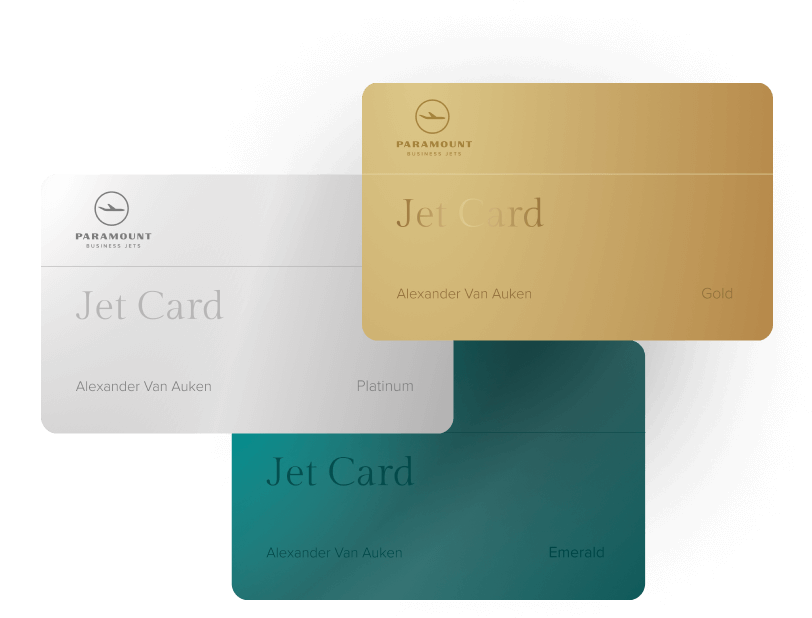William P Hobby Airport Private Jet Charter
William P Hobby Airport Private Jet Charter Prices
Private Jet Charter to and from William P Hobby Airport
Paramount Business Jets offers private jet charter flights and luxury airliner charters to and from William P Hobby Airport.
When flying into Houston – the Energy Capital of the World – on a private jet, William P. Hobby Airport (HOU) is the most convenient place to land.
If you charter a private jet into HOU (ICAO: KHOU), you will be a mere seven miles from downtown Houston. It has all the amenities – including international service – of Houston’s largest airport, George Bush Intercontinental, which is 23 miles from downtown.
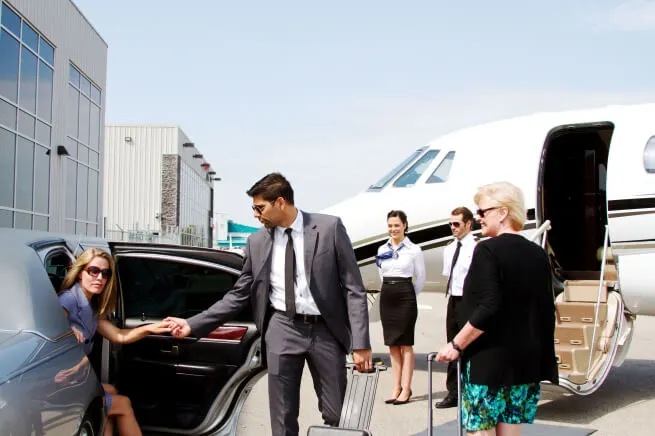
Airport Information
Houston: Oil city
William P. Hobby Airport Diagram. Picture Source.
The abundance of crude oil, black gold, Texas tea off Houston’s shore has put the city at the center of the energy industry and made it a destination for many chartered business jets.
The largest city in Texas with a population of more than 2.3 million people, Houston is a conglomeration of oil wells, pipelines, refineries and shipping ports. In fact, some 30 percent of the nation’s jobs in oil and gas extraction are in Houston, according to the U.S. Bureau of Labor Statistics.
Houston has also become the worldwide center for developing new technology in the energy industry, including the development of things like electric cars.
Business executives from all over the world charter private jets into William P. Hobby Airport to get to the 500 oil and gas firms that are headquartered in Houston. Or, they hire a private jet into HOU to get to the nine refineries that produce 2.3 million gallons of crude oil every day.
In its bid to land the 2020 World Petroleum Conference, the city of Houston joined forces with the federal government, energy companies and industry trade associations and convinced the bid committee it was worthy of the prestigious gathering.
“Houston is the perfect location for the WPC. We are home to more than 4,800 oil and gas companies, including 23 Fortune 500 firms and more than 91,000 engineers. Plus, our petrochemicals and gas products are distributed around the world through the Port of Houston which is the number one U.S. port in foreign tonnage,” Galen Cobb, U.S. WPC Bid Committee Chair, said.
Houston is also the headquarters for 16 of the nation’s 20 largest U.S. interstate oil pipeline companies and 17 of the top 20 natural gas transmission companies.
Houston’s cultural diversity is also a plus. More than 140 languages are spoken in the city and nearly 25 percent of Houston’s population was born outside the United States.
Why hire a private jet into HOU?
The oldest commercial airport in Houston, Hobby Airport, is located only seven miles from downtown. The larger, newer – and much busier – George Bush Intercontinental is 23 miles from downtown.
Hobby was Houston’s primary airport before George Bush Intercontinental opened in 1969.
While a handful of commercial flights – American, Delta, JetBlue and Southwest – fly in and out of Hobby Airport, it is mainly used for general aviation, private and charter business jets.
At about a third the size of George Bush, Hobby serves as a reliever airport for general aviation aircraft. More than 13 million passengers used Hobby Airport in 2017, compared to the 40 million passengers that used George Bush with its 126 commercial airlines.
When Hobby Airport opened in 1927, it was merely a landing field called W.T Carter Field. Ten years later, in 1937, the city of Houston bought the airport and renamed it Houston Municipal Airport.
In 1938, the airport renamed again as Howard R. Hughes Airport after the Houston billionaire who had paid for major improvements to the airport and had set a new speed record by flying around the world in 91 hours. But, that name was to be short–lived for city leaders learned that airports named after living individuals did not qualify for federal grant money. It reverted to Houston Municipal Airport.
The airport grew and changed over the years. Paved runways, hangars and lighting were installed during World War II. An international wing was added.
In the 1950s, expansion continued and the name was changed to Houston International Airport.
When the George Bush Intercontinental Airport opened in 1969, it took away all the commercial flights from Houston International (which, to avoid confusion, was renamed the William P. Hobby Airport after the 27th Governor of Texas). Hobby Airport became a general aviation airport.
However, George Bush Intercontinental eventually became overcrowded, sending limited commercial service – Southwest Airlines being the largest carrier – back to Hobby Airport. An international concourse opened there in 2015.
The Houston Airport System – George Bush Intercontinental, William P. Hobby Airport and Ellington Airport, a general aviation/military airport – boasts of having one of the largest collections of art in Texas. Almost everywhere you look, you’ll see paintings, sculptures, photographs and other works of art done mostly by Texas artists.
FBOs at HOU
Jet Aviation Houston offers state–of–the art facilities, amenities and experienced personnel for its services that include domestic and international handling, catering, aircraft cleaning and refueling. Its amenities include:

Jet Aviation FBO. Picture Source.
- Executive terminal
- Executive lounge and conference room
- Crew lounge and snooze room
- Flight planning room and weather service terminals
- 10,000 square foot canopy
- 200,000 square foot ramp
- 85,000 square foot hangar
- Domestic and international handling
- Nightly hangar
Wilson Air Center has hotel–style concierges and boasts of its “Don’t Say No” policy. Offering services for any size aircraft, the Wilson Air Center is located on the less congested south end of the field, adjacent to U.S. Customs Services. Amenities include:

Wilson Air FBO. Picture Source.
- Presidential suite for flight crews
- Two pilot lounges/snooze rooms
- Executive conference facility
- 20–acre ramp
- 80,000 square foot hangar
- Aircraft fueling
- Catering
- Freight handling
- Satellite repair facility
Atlantic Aviation has a lounge with flat screen TVs, a snooze room and private showers. The staff will do whatever you need, whether it’s the loan of a crew car or directions to Houston attractions. Amenities include:

Atlantic Aviation FBO. Picture Source.
- Heated hangar space (up to G650 or Global 6000)
- Wi–Fi
- Ground handling and forklift services
- Air stairs
- Conference room
- Pilot’s lounge, snooze room and showers
- Crew cars
- 24–hour surveillance
Million Air Houston specializes in luxury. A full–service FBO, it promises quick turn times and a luxury facility. It can fuel any aircraft, including a Boeing 757. Amenities include:

Million Air FBO. Picture Source.
- Hospitality bar
- Concierge service
- Pilot lounge
- Theater room
- Business center
- Wi–Fi
- Flight planning and conference rooms
Signature Flight Support said its many reasons to have an FBO in Houston include the city’s attractions; the Port of Houston, the nation’s largest port in international tonnage and second in total tonnage; and Houston’s more than 600 trucking firms and two major rail systems. Amenities include:

Signature Flight Support FBO. Picture Source.
- 24–hour surveillance
- Conference rooms
- Crew room
- Kitchen and catering
- Passenger lounge
- Ramp side vehicle access
- Showers
- Snooze room
- Wi–Fi
- Concierge services
- 200,000 square foot hangar
- 525,000 square foot ramp
Events worthy of private jets
Houston is the oil and gas capital of the United States and, as such, plays host to some of the largest and most prestigious energy conferences in the world.
Business executives, VIPs and oil tycoons rent private jets in and out of William P. Hobby Airport to visit Houston’s vast number of oil businesses and conferences such as:
- The World Petroleum Congress
In 2020, more than 10,000 top–level international oil executives will come to Houston for the World Petroleum Conference, which is held in various locations around the world every three years. It’s an honor for Houston to have landed the conference, which hasn’t been held in the United States since 1987 (when it was in Houston). It will be held Dec. 6–10, 2020.
The World Petroleum Congress attracts the highest level industry and government leaders from around the world. Past conferences have drawn delegates from more than 100 countries, CEOs from more than 500 companies, 80 government delegations and more than 700 speakers.
- OTC Week has been compared to a class reunion of offshore oil industry movers and shakers. OTC – the Offshore Technology Conference – was started in 1969 by a dozen scientific organizations seeking to find better and more environmentally sound ways of extracting oil from the bottom of the sea.
Every May, 100,000 oil and gas techies from all over the world gather at what has become one of the largest annual U.S. tradeshows to talk about above–ground and underwater advancements in the exploration and production of oil.
- CERAWeek is an energy conference held every year in March and attended by some 4,000 industry leaders and policymakers from more than 75 countries to exchange ideas and build relationships between private industry and government.
CERA (Cambridge Energy Research Associates) was founded in 1983 by the energy research and consulting firm of Daniel Yergin and James Rosenfield in Cambridge, Mass. Every year, its clients gathered in Houston for updates on energy markets, geopolitics, industry trends, technology and strategy. Over the years, the program was expanded to five days and named CERAWeek.
Now called CERAWeek by IHS Markit, it has become a worldwide premier energy event.
- The NAPE Expo is the oil and gas industry’s marketplace for buying, selling and trading. Founded in 1993, NAPE(North American Prospect Expo) has become the largest organization of its kind in the world. Deals are made because all the parties needed to evaluate and fund acquisitions attend. NAPE hosts two annual events in Houston, a global expo in February and a regionally–focused expo in August.
The NAPE Summit: In 2018, according to the NAPE website, 12,000 deal makers and 700 exhibitors who showcased over 50 million prospect acres were in attendance representing 36 countries.
Summer NAPE: This summit is smaller and more regionally focused but has the same knowledgeable attendees.
- The Rice Alliance’s Energy and Clean Technology Venture Forum is the largest energy and clean technology venture capital conference in the southwest.
This event is open to anyone involved in the energy and clean technology community in the region. The conference will include industry speakers, investors and promising startups.
- Gastech is the world’s premiere natural gas, LNG and energy exhibition and conference. Gastech 2019 will be held Sept. 17–19 at Houston’s NRG Center. It is the first time in 19 years that the event, which is held every 18 months, will be back in the United States. The conference will host a ministerial and CEO program as well as 360 speakers leading more than 100 technical and strategic conference sessions.
Popular Houston Private Charter Flights
Houston, Texas is the fourth largest city in the US. In many ways, it’s an advanced and cultural city, thanks in no small part to a huge theatre district, the Houston Grand Opera, and the world-famous Space Center.
William P. Hobby Airport (HOU) is a medium-sized airport located seven miles away from downtown Houston. This means that customers who charter a private jet to the airport have quick access to many of the main attractions. Even the airport itself has a rich history; back in 1943, the first three training classes for Women Airforce Service Pilots (WASP) were held at the Houston Municipal Airport.
Before you book your trip to William P. Hobby Airport, you might benefit from learning more about some of the common flights from the airport. Below, we’ve outlined ten of the most frequent private charter flights from there. Our data includes the length of the flights, the time of the flights, and the estimated cost.
Runway information
FBOs at William P Hobby Airport, KHOU, HOU
METAR Weather
Traveling frequently from William P Hobby Airport?
If you fly frequently and you want have access to the finest private jets at any time, our jet card program is perfect for you. Our Jet Card allows you to fly anywhere, at any time and with any aircraft that fits your needs. Contact us for more information or read more about our Jet Card program.
Frequently Asked Questions
-
Do I have to stop for customs when I fly on a private jet?
Passengers on all international private charter flights will have to stop at customs. In certain countries, you may have to go through customs at a specific port of entry; for example, you must stop in Tahiti to perform customs checks en route to Bora Bora. You’ll also need to stop at the first port of entry when entering the U.S. from Mexico.
-
How much rest does the crew need before they can depart again?
Crew members are required to have a 10-hour rest period within each 24-hour cycle. The maximum duty day is 14 hours and must be followed by a 10-hour rest period at their hotel. When scheduling a flight, operators usually account for 12 hours of rest instead of 10. These extra two hours allow the crew time to get to their hotel, rest for the required time, and return to the airport.
-
How long does a fuel stop for a private jet flight take?
The average fuel stop takes 45–60 minutes. To speed up fuel stops, the operator, or pilots may call ahead, so a fuel truck is waiting for the aircraft on arrival. For smaller jets, a fuel stop can take as little as 30 minutes.
-
What if I need to charter more than one private jet at the same time?
Occasionally, companies may need to fly executives in from multiple locations, or individuals may be flying several attendees to a party or gathering. PBJ's on-demand charter service allows you to secure multiple aircraft of different sizes at the same time. Our experts will suggest the best private jet for each mission to optimize efficiency and reduce costs.
-
Is the age of an aircraft a safety factor?
Aircraft age is not a safety factor. However, if the aircraft is older and hasn’t been refurbished properly, it may cause flyers some inconvenience, such as overheating, faulty air conditioning, or faulty plumbing in the lavatory.
-
How much luggage am I allowed to bring on a private jet?
As a rule of thumb, each seat on a light or midsize jet equates to one passenger and one item of luggage. Each item of luggage is considered to be the standard 23 kilograms, or about 50 lbs. Large jets are designed for long-range trips, which typically involve longer stays, so you can carry more than one item of luggage per person.
-
Are there aircraft that are wheelchair accessible?
There are many aircraft that are wheelchair accessible. Most of them are large jets or above and have a straight aisle. If the jet has a zigzag aisle – like the Falcon 900 – it will be difficult to maneuver the wheelchair onboard the aircraft. You’ll also need the right type of wheelchair; many motorized wheelchairs won’t fit and can’t be collapsed. If this is the case, you’ll need a smaller, temporary wheelchair. Some aircraft operators have smaller wheelchairs that can be used. Please speak with your Paramount private jet expert to review your aircraft options.
-
Can I fly with large sums of cash?
Yes, you can. This is a common occurrence for many private jet clients. You can fly with up to $5 million in cash as long as you declare that cash when coming through customs. For domestic trips, there’s no limit and no need to declare it.
-
Which private jets come with flight attendants?
In the United States, large jets and above are required to have flight attendants onboard; in Europe, flight attendants are used on midsize jets and above. Flight attendants require their own seats. Larger jets and above have a jump seat near the cockpit for the flight attendant to use, meaning the attendant generally stays out of the cabin.
-
Which airports offer ramp access, allowing the client to drive their car right up to their private jet?
Private jet clients can often have a limo drive them right up to the private jet, or even drive their own car to the plane. That said, different airports have different policies, and some may not offer ramp access. Please speak with your Paramount Aviation Advisor to review your options for a given trip.
-
Do private jets come with Wi-Fi?
Many private jets do have Wi-Fi, and it’s increasingly available free of charge on U.S. domestic flights. On international flights, prices range from $3.00-$8.50 USD per megabyte used. This means that opening up social media sites that are rich in images and videos could quickly cost you $20 – and downloading a feature-length movie could cost thousands!
-
When is on-demand private jet charter better than buying a block of hours?
Private jet charter can be a lot cheaper than buying a block of hours for a one-way flight, as you can access floating fleets or an empty leg to reduce the cost. With a block of hours, the price covers a round trip. If you only fly one-way, you are effectively paying double.
-
What is a carbon-neutral flight?
Every aircraft burns jet fuel and emits a certain amount of carbon dioxide (CO2) into the atmosphere. This can be offset via one of several carbon offset programs that allow private jet clients to purchase a certain number of carbon credits to offset the emissions from their flights. A carbon-neutral flight is one that offsets the carbon emissions it uses via a formal process.
-
Can I have a flexible departure time for my private jet flight?
Yes, it is possible to have a flexible departure when flying privately. Operators typically offer a 30-minute to two-hour window, but you can request a longer window as long as it doesn’t interfere with the maximum crew duty day or their next scheduled flight. Please confirm with your Paramount Aviation Advisor at the time of booking your jet.
-
When should I hire a Boeing Business Jet?
Boeing Business Jets (BBJs) have unique amenities that extend far beyond sheer size and are often equipped with 1-2 bedrooms and 2-3 bathrooms (one more of those bathrooms may even offer stand-up showers.) These airliner-based executive aircraft also feature tall or ‘stand-up’ cabins that are also longer and wider than more typical corporate aircraft.
-
How soon can I have a private jet ready from the time I call in the request?
Generally speaking, with as little as 4 hours of notice. However, we have had wheels up in as little as 32 minutes from the time our client called us to book the flight and had them in the air. It depends on a few factors, such as how long it takes for the pilots to arrive at the airport (generally, there is a 2-hour call-out time for the pilots), and whether the aircraft is ready to go at the airport with no repositioning needed. Our Jet Card members enjoy faster booking since they have funds on account and can confirm a flight with a simple email.
-
Can I access my luggage while in flight?
On most private jets, you will be able to access your luggage during the flight. That’s because luggage and passengers are situated on the same level. This is in contrast to commercial airlines, where checked luggage is stored in a cargo hold. On large private jets, luggage is often stored in a compartment behind the lavatory, which means easy access to your bags.
-
When are private jet charter landing and takeoff slots applicable?
A landing or takeoff slot is simply a small window of time in which your aircraft is scheduled to fly in or out of the airport. You will need a landing and takeoff slot if you fly to a high-density airport in the United States or one that is hosting a special event with a significant number of aircraft arriving and departing. If you’re flying internationally, you will need a landing and takeoff slot for all major European cities. Please check with your Paramount Aviation Advisor at the time of booking for a specific route.
-
What kind of in-flight catering is available on a private jet?
Other than the standard snacks and drinks, you can order local cuisine options for your catering on board. In short, anything that doesn’t need to be cooked can be ordered; hot food must be precooked and then warmed on board.
-
Can I bring pets with me on private jet flights?
Of course! Just let us know in advance. The majority of the operators and aircraft owners allow pets onboard. In some cases, a small cleaning fee may apply. That said, there are specific requirements that must be met when traveling with your pet, including making sure that all documentation and vaccination records for your pet(s) are correct and up-to-date. Dogs and cats must also be at least eight weeks old and weaned when traveling within the U.S.
Would you like our assistance?
24/7 customer service is there for you.
From the blog
-
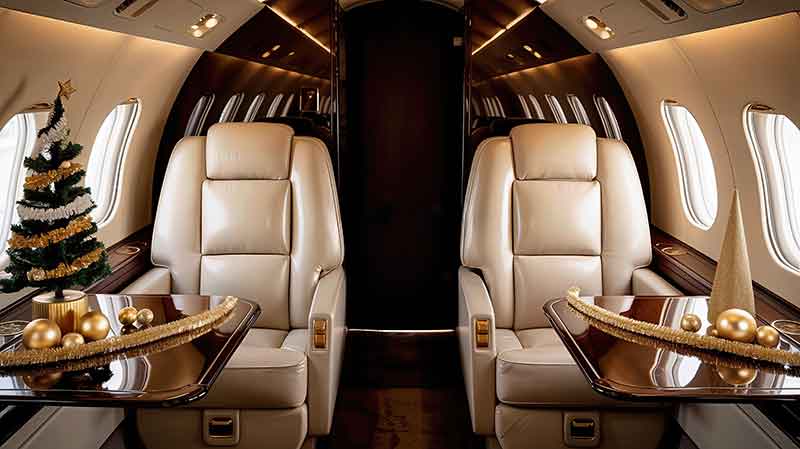 Expert Winter Holiday Private Jet Charter Tips 2025 | Avoid Delays & Fly Smoothly
Expert Winter Holiday Private Jet Charter Tips 2025 | Avoid Delays & Fly SmoothlyDiscover insider tips from Paramount aviation experts for stress-free holiday private jet travel. Learn how to handle winter delays, deicing, diversions, and ski trips—book smarter and arrive on time this season!
-
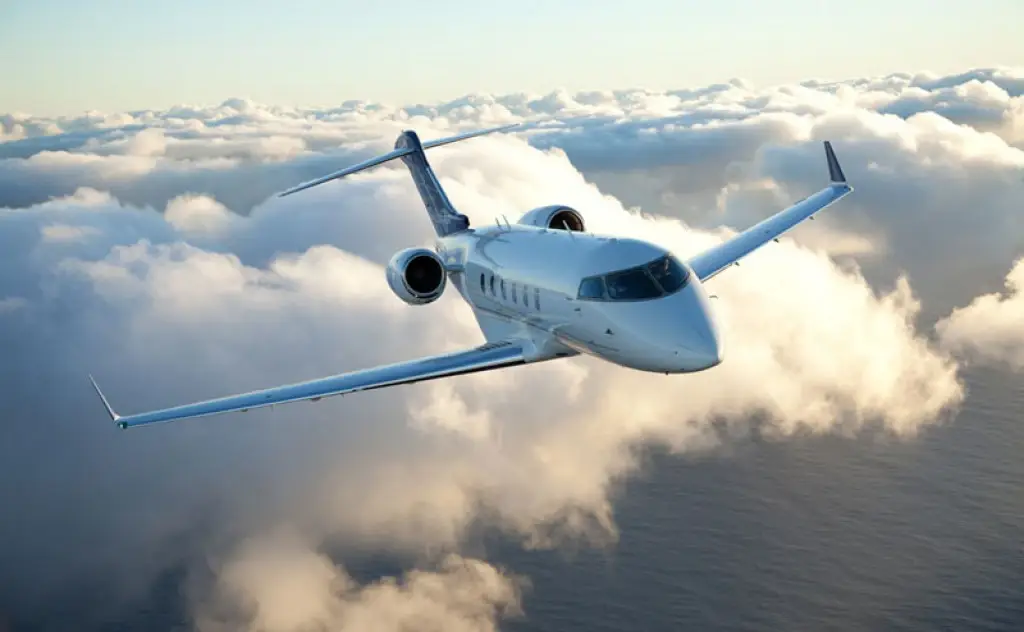 Charter a Private Jet Coast to Coast: Costs, Best Aircraft & Expert Tips for 2026
Charter a Private Jet Coast to Coast: Costs, Best Aircraft & Expert Tips for 2026Chartering a private jet coast to coast offers unmatched convenience, speed, and luxury for business travelers, families, or anyone escaping the hassles of commercial flights.
-
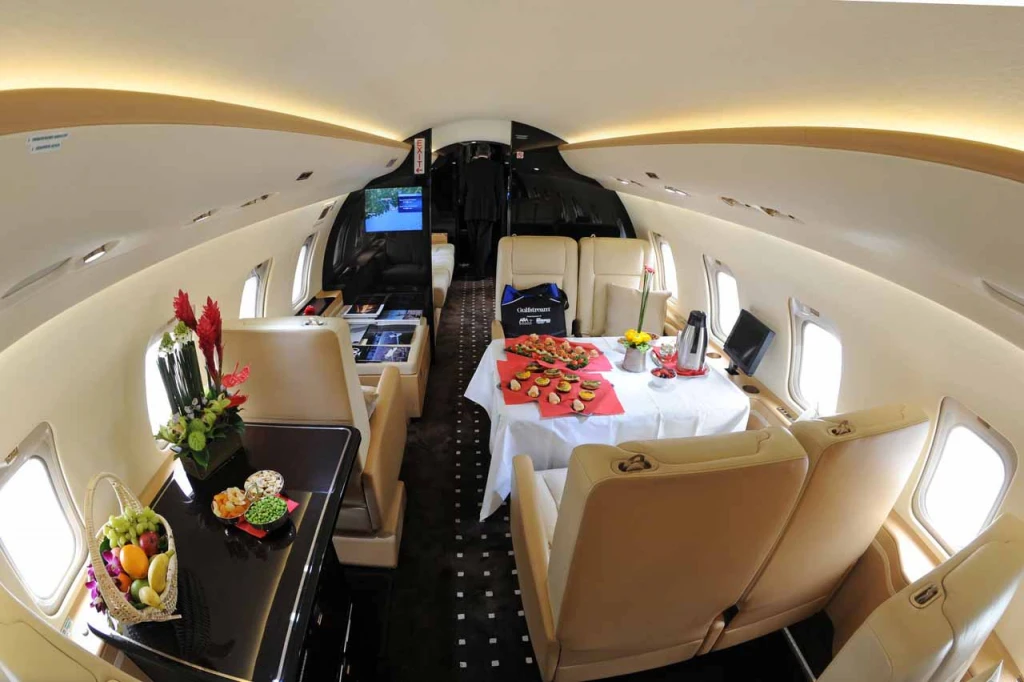 Private Jet for 20 Passengers: Cost, Best Aircraft & Options 2025
Private Jet for 20 Passengers: Cost, Best Aircraft & Options 2025Looking for a 20-passenger private jet? Discover the few aircraft that actually fit 20+, real charter prices, when to split into two jets, and the cheapest way to fly large groups privately in 2025.


